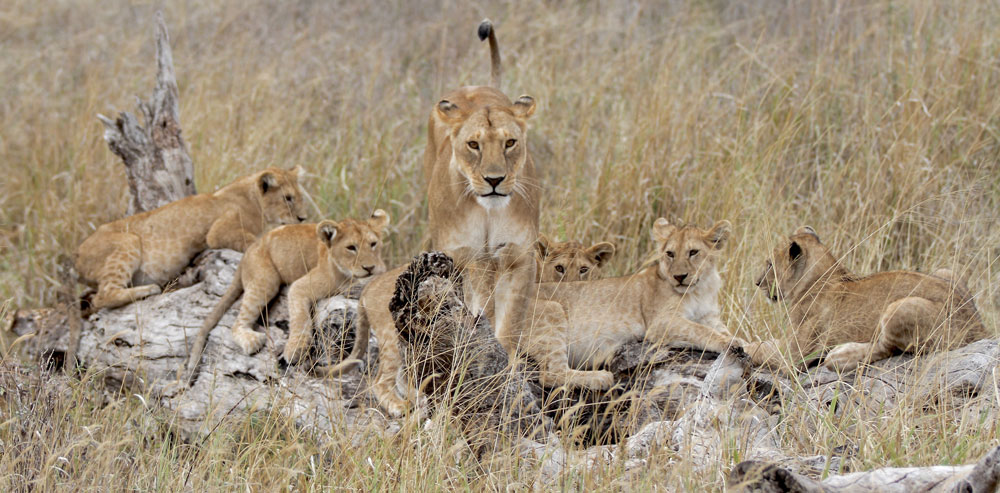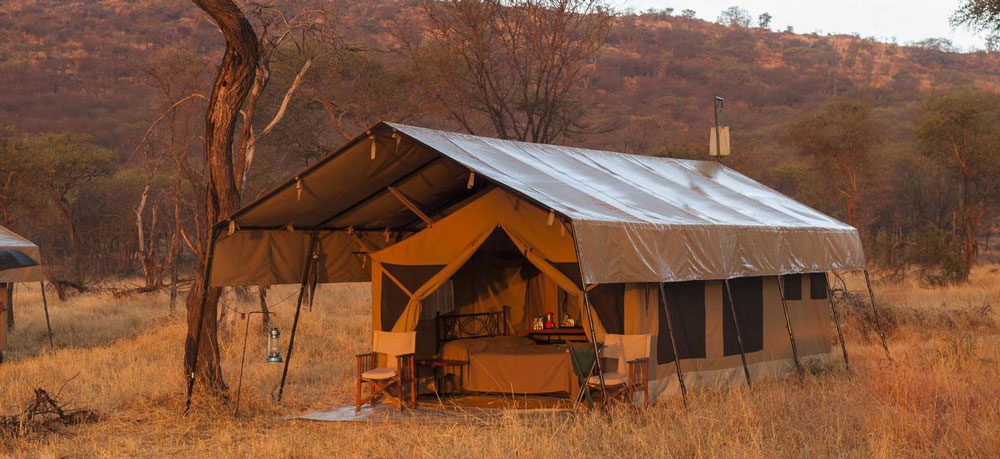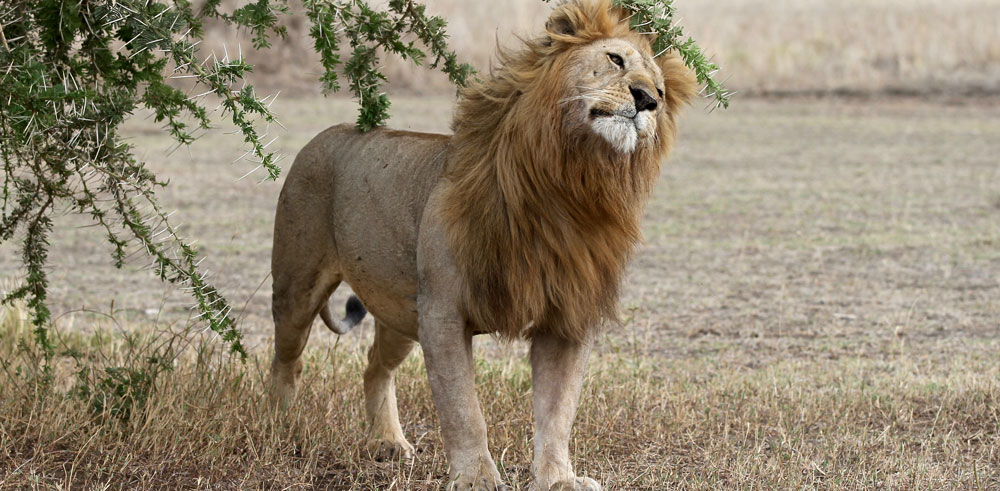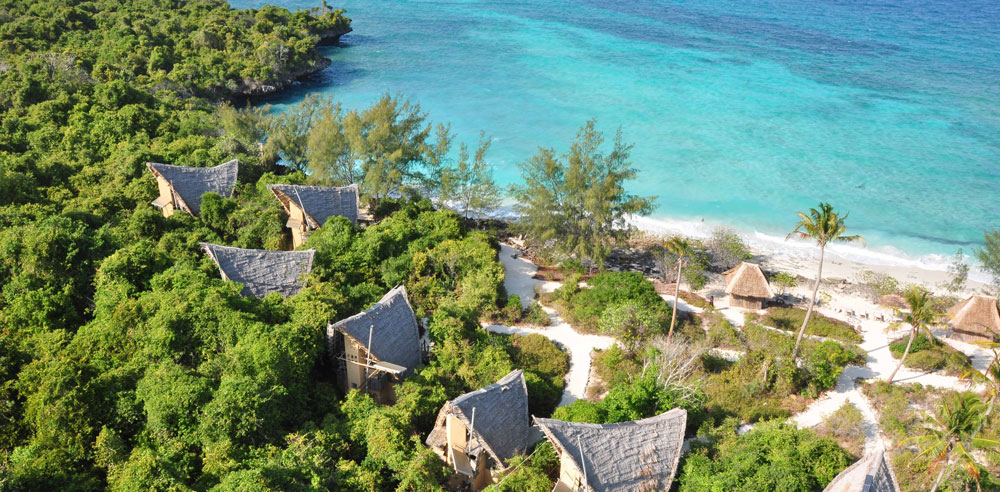Northern Circuit
NORTHERN TANZANIA SAFARI CIRCUIT:
The best developed of Tanzania’s tourism route is known as the Northern Circuit. Here there’s a chance to see the ‘big five’ – elephant, leopard, lion, rhino and buffalo; and huge herds of wildebeest and zebra on their annual migration.
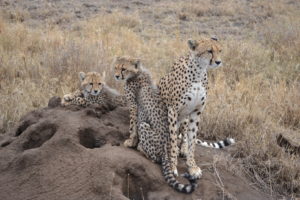 The circuit is the home to the world famous ‘Serengeti National Park’, arguably the best known wildlife sanctuary in the world. Serengeti means ‘endless plains’ in Masai language and within its boundaries are more than three million large mammals. It offers a unique and spectacular experience, The Great Migration (the annual movement of vast numbers of the Serengeti’s wildebeest, accompanied by large number of zebra, and smaller number of Grant’s gazelle, Thomson’s gazelle, eland and impala) across various plains and rivers of the enormous Serengeti in the quest for fresh pasture. The park is also known for the availability of the ‘Big 5’ and its abundant number of cats and large predators including lions, leopards, cheetah and spotted hyenas.
The circuit is the home to the world famous ‘Serengeti National Park’, arguably the best known wildlife sanctuary in the world. Serengeti means ‘endless plains’ in Masai language and within its boundaries are more than three million large mammals. It offers a unique and spectacular experience, The Great Migration (the annual movement of vast numbers of the Serengeti’s wildebeest, accompanied by large number of zebra, and smaller number of Grant’s gazelle, Thomson’s gazelle, eland and impala) across various plains and rivers of the enormous Serengeti in the quest for fresh pasture. The park is also known for the availability of the ‘Big 5’ and its abundant number of cats and large predators including lions, leopards, cheetah and spotted hyenas.
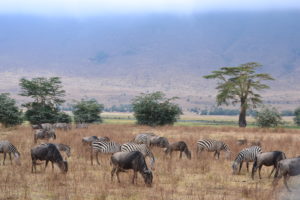 The “Ngorongoro Crater” which is the world’s largest unbroken caldera is a virtual Noah’s Ark, about 20kms across, 600 meters deep and 300 sq kms in area. The Ngorongoro Crater sometimes referred as ‘The 8th World Wonder’ is truly a breathtaking natural wonder inhabited by almost every species of wildlife indigenous to East Africa, almost 30,000 animals live in the crater including the rare black rhinoceros in their natural environment.
The “Ngorongoro Crater” which is the world’s largest unbroken caldera is a virtual Noah’s Ark, about 20kms across, 600 meters deep and 300 sq kms in area. The Ngorongoro Crater sometimes referred as ‘The 8th World Wonder’ is truly a breathtaking natural wonder inhabited by almost every species of wildlife indigenous to East Africa, almost 30,000 animals live in the crater including the rare black rhinoceros in their natural environment.
The Empakai Crater, pristine paradise caldera, is also situated in the highlands of Ngorongoro Conservation Area. This crater area is about 6 km wide at the altitude of 3,200m above mean sea level and its walls rises 300m above crater floor. A large part of a caldera floor is covered by soda lake with over 61m depth, this is unusual depth for an alkaline lake in around East Africa. It is the home of various wildlife species and flamingoes seasonal feeding site. Spectacular view of the only active volcano in Tanzania, The Oldonyo Lengai, is evident from the Empakai Crater rim.
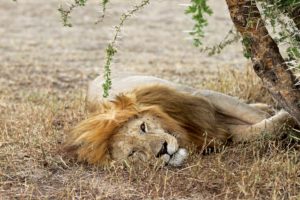 Ngorongoro Conservation Area contains the ‘Oldupai Gorge’ one of the most world-renowned paleontological and archaeological site. It was here that, in 1959, Dr. Louis Leakey and his wife Mary discovered the skull of the first Zinjanthropus Boisei, or ‘nutcracker man’, and then a year later, the remains of Homo Habilis or ‘handy man’ at that time regarded as mankind’s first step on the ladder of human evolution. The footprints trail of almost 27 metres long, most likely made by Australopithecus afarensis, an extinct hominid that lived 3.9 and 2.9 million years ago, whose fossils are also found in one of the sediment layers at the Laetoli site of Ngorongoro Conservation Area. Many more fossils have since been discovered including those of prehistoric elephants, giant horned sheep and enormous ostriches. There is a small museum to view and an observation platform, where visitors can listen to an informative talk.
Ngorongoro Conservation Area contains the ‘Oldupai Gorge’ one of the most world-renowned paleontological and archaeological site. It was here that, in 1959, Dr. Louis Leakey and his wife Mary discovered the skull of the first Zinjanthropus Boisei, or ‘nutcracker man’, and then a year later, the remains of Homo Habilis or ‘handy man’ at that time regarded as mankind’s first step on the ladder of human evolution. The footprints trail of almost 27 metres long, most likely made by Australopithecus afarensis, an extinct hominid that lived 3.9 and 2.9 million years ago, whose fossils are also found in one of the sediment layers at the Laetoli site of Ngorongoro Conservation Area. Many more fossils have since been discovered including those of prehistoric elephants, giant horned sheep and enormous ostriches. There is a small museum to view and an observation platform, where visitors can listen to an informative talk.
Kilimanjaro Mountain, the dormant volcanic and the tallest free-standing mountain in Africa, also can be regarded as ‘The Roof of Africa’ is an exclusive hikers and climbers destination with the elevation of about 4,900 metres from its base to 5,895 metres above sea level. Its outstanding features are its three major volcanic centres, Shira in the West, Mawenzi in the East and the snow-capped Kibo in the centre. The park is inhabited by elusive elephant, leopard, buffalo, bushbuck and other small antelope, primates and rodents – they are however difficult to see due to the dense vegetation.
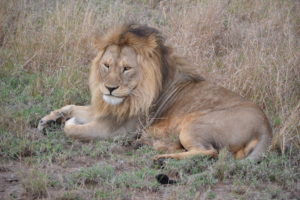 Just 32 km away from the town of Arusha is the ‘Arusha National Park’. It consists of three spectacular features, the Momela Lakes, Mount Meru and the Ngurdoto Crater. On clear days’ magnificent views of Mount Kilimanjaro can be seen from almost any part of the park. The vegetation and wildlife varies with topography, which ranges from forest to swamp. The park is famous for its 575 species of birdlife, both migrant and resident, and black and white colobus monkey – the only place they may be seen on the Northern Circuit. Tourist activities include canoe safaris on the Momela Lakes, riding safaris on specialized car-free routesand walks around the rim of the Ngurdoto crater, and the three of four day climbs of Mount Meru – good acclimatization for Kilimanjaro.
Just 32 km away from the town of Arusha is the ‘Arusha National Park’. It consists of three spectacular features, the Momela Lakes, Mount Meru and the Ngurdoto Crater. On clear days’ magnificent views of Mount Kilimanjaro can be seen from almost any part of the park. The vegetation and wildlife varies with topography, which ranges from forest to swamp. The park is famous for its 575 species of birdlife, both migrant and resident, and black and white colobus monkey – the only place they may be seen on the Northern Circuit. Tourist activities include canoe safaris on the Momela Lakes, riding safaris on specialized car-free routesand walks around the rim of the Ngurdoto crater, and the three of four day climbs of Mount Meru – good acclimatization for Kilimanjaro.
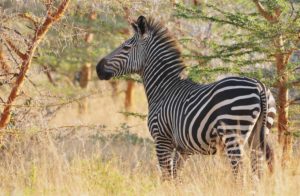 Lake Manyara National Pak is famous for its tree climbing lions, which spend most of the day spread out along the branches of Acacia trees six to seven metres above the ground. Nestled at the base of the Great Rift Valley escarpment, the park is noted for its incredible beauty. As visitors enter the gate they pass through a lush forest, home to troops of baboons and both blue and vervet monkeys. Further along the forest opens up into woodlands, grassland, swamps and beyond these the soda lake itself covering 200 sq km and sanctuary to over 400 species of bird including flamingo, pelican, storks, sacred ibis, cormorants and Egyptian geese. The park is particularly noted for its huge herds of buffalo and elephant. Also giraffe, hippo, reedbuck, warthog, wildebeest, zebra and more recently, a family of endangered wild dog.
Lake Manyara National Pak is famous for its tree climbing lions, which spend most of the day spread out along the branches of Acacia trees six to seven metres above the ground. Nestled at the base of the Great Rift Valley escarpment, the park is noted for its incredible beauty. As visitors enter the gate they pass through a lush forest, home to troops of baboons and both blue and vervet monkeys. Further along the forest opens up into woodlands, grassland, swamps and beyond these the soda lake itself covering 200 sq km and sanctuary to over 400 species of bird including flamingo, pelican, storks, sacred ibis, cormorants and Egyptian geese. The park is particularly noted for its huge herds of buffalo and elephant. Also giraffe, hippo, reedbuck, warthog, wildebeest, zebra and more recently, a family of endangered wild dog.
Close to Arusha, 118 km away, Tarangire National Park gets its name from the river that threads its way through the reserve. It is famous for its dense wildlife population which is more spectacular between June and September, the dry period. During this time, thousands of animals – elephant, buffalo, giraffe, eland, hartebeest, kudu, wildebeest and the rarely seen oryx and gerenuk – migrate from the Masai steppe to the Tarangire River looking for water. Lion, leopard and other predators follow the herds. Tarangire has the largest population of elephant of any park in the northern circuit and is also home to 550 varieties of bird including the Kori bustard – the heaviest flying bird.
The Maasai Culture Tour, an authentic glimpse into the distinctive Maasai culture is now accessible to Eco-tourists in Tanzania. Preservation of their proud traditions has set the Maasai apart from other indigenous groups in Tanzania, and embodies a side of Africa with which few outsiders can contact. Maasai expeditions will offer visitors a memorable opportunity to interactively experience the Masai way of life through day trips and if preferred an overnight stay in a boma (traditional family dwelling). Guests will be able to participate in a variety of unique cultural activities, and encouraged to delve as deep into the experience as possible!


